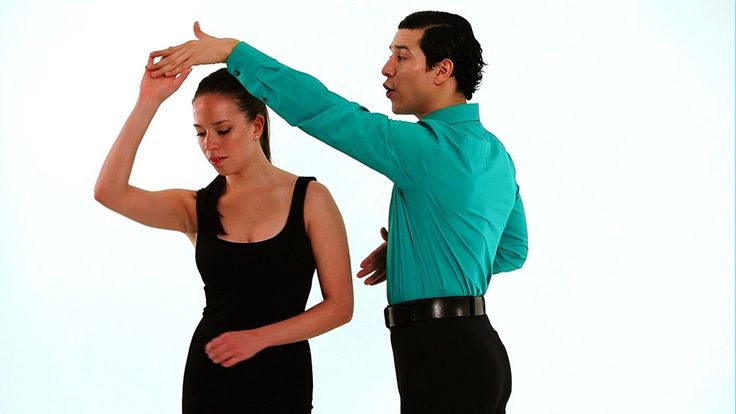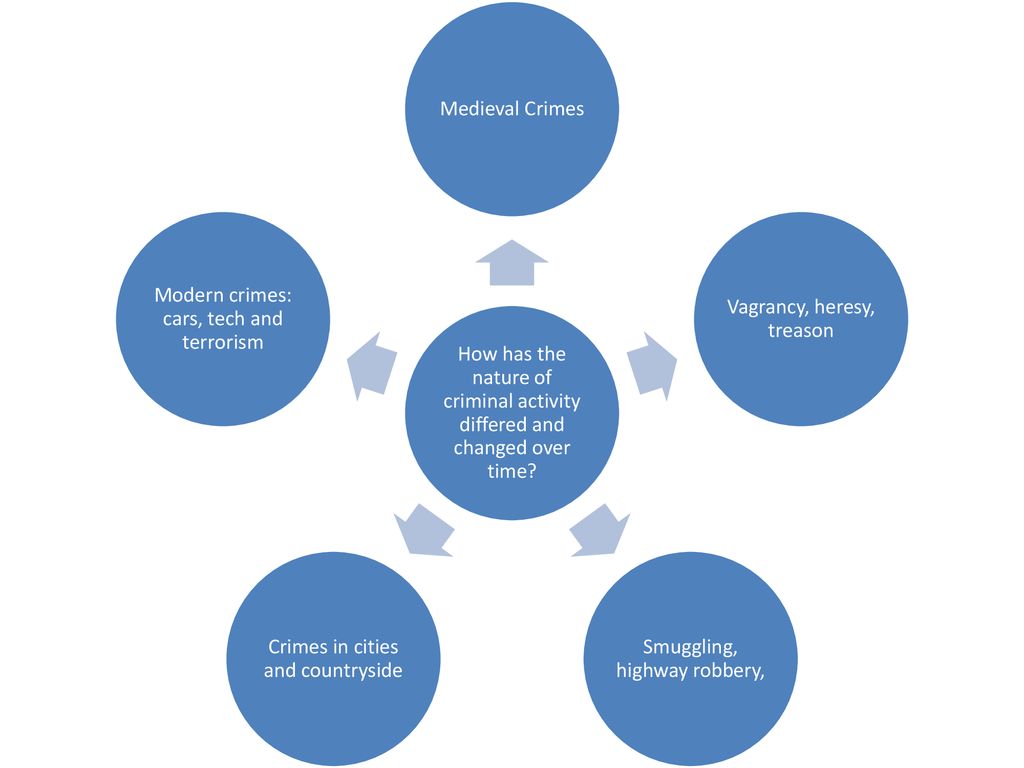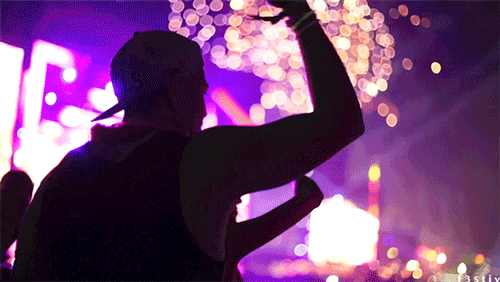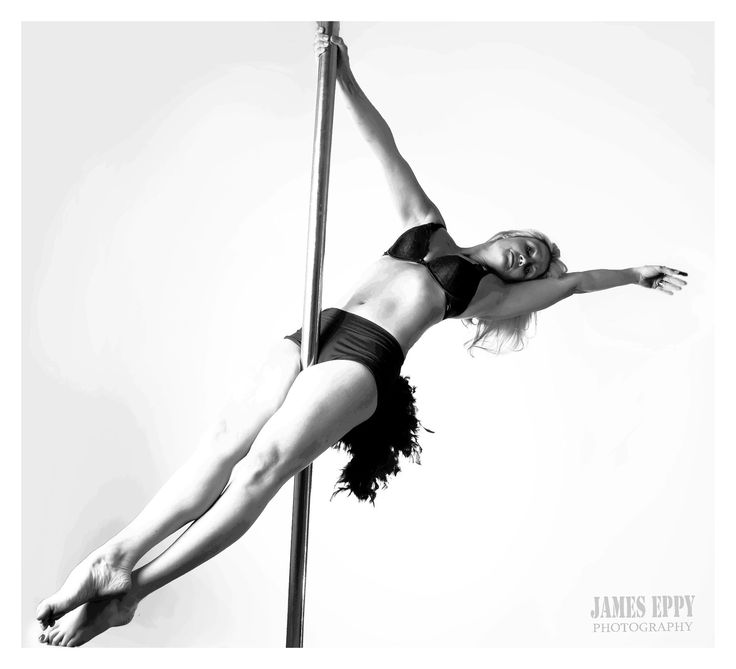How to do the dragon dance
How Do You Do the Dragon Dance?
LANGUAGE ARTS — Languages
Have You Ever Wondered...
- How do you do the dragon dance?
- In what country did the dragon dance originate?
- When is the dragon dance performed?
Tags:
See All Tags
- arts,
- body,
- china,
- Chinese New Year,
- cultures of the world,
- dance,
- dragon,
- earth,
- fire,
- fly,
- guardian,
- Han Dynasty,
- holidays,
- mythology,
- parade,
- rain,
- river,
- spirit,
- symbol,
- water,
- wind
If you could be any mythical creature, what would you be? A leprechaun leaping through green fields? Or how about a proud unicorn galloping through a dense forest?
If you want to be a fierce flier, you might choose to be a dragon. Who wouldn't want to breathe fire and fly through the skies, claiming all the territory below as your own?
When you hear the word dragon, what comes to mind? Breathing fire? Scaly skin? Huge wings? How about awesome dancer? If you're like most people, you probably don't associate dragons with dancing, but that's exactly what many people in China think of!
In Chinese culture, dragons are important symbols of a variety of concepts, from heavenly guardians to water spirits. For example, two different types of dragons commonly associated with Chinese culture are the Spirit Dragon, which controls the rains and winds, and the Earth Dragon, which controls the rivers.
To celebrate the importance of the mythology of dragons in Chinese culture, the dragon dance was invented as a form of traditional dance performed at public celebrations, such as parades. The dragon dance is also often performed during the holiday of Chinese New Year.
The dragon dance requires a team of coordinated dancers.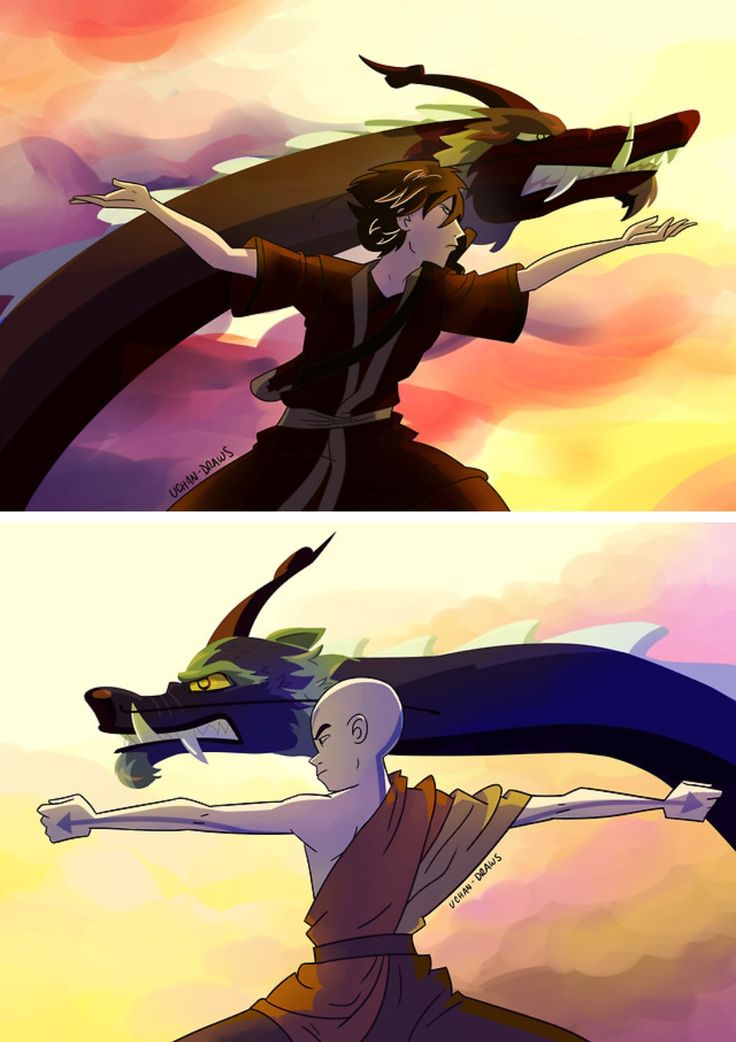 A long, flexible dragon figure composed of many different pieces is manipulated using poles positioned along the length of the figure.
A long, flexible dragon figure composed of many different pieces is manipulated using poles positioned along the length of the figure.
A traditional dragon consists of a head piece, a tail piece, and several pieces that make up the length of the body. Although early dragons were made with metal and wood, today's dragons are more often made with lightweight paper, plastic, and aluminum.
Many dancers can participate in the dragon dance, because dragons can be quite long. Although dragons can be made to be any size, many dragons used for large festivities can be 200 feet or longer!
Using poles to manipulate their particular piece of the dragon's body, dancers create the illusion that the dragon is moving. Since the dragon is often viewed as a river spirit, dancers often seek to mimic the smooth, flowing movement of a river. Other popular dance patterns have interesting names, such as whirlpool, cloud cave, threading the money, and looking for pearl.
It takes an impressive combination of strength and agility by a large group of people to execute a successful dance.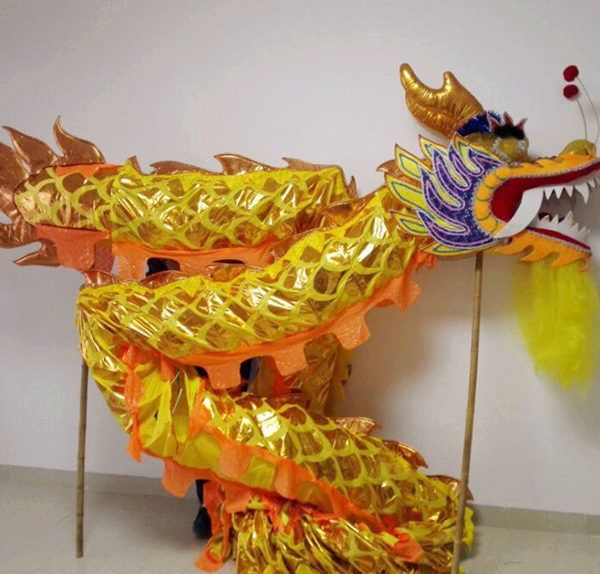 Hours and hours of practice are necessary. Some people believe a dragon dance team is like a combination of a professional sports team and a professional performing arts group.
Hours and hours of practice are necessary. Some people believe a dragon dance team is like a combination of a professional sports team and a professional performing arts group.
Historians believe the dragon dance may have originated over 2,000 years ago during the Han Dynasty. Over time, different regions of China developed their own unique versions of the dragon dance. Today, there may be over 700 different types of dragon dances across China!
Exactly what type of dragon an area may create for a festivity will depend on the number of people and amount of available resources. Longer dragons require more people and can be quite expensive to produce.
Dragons also come in a variety of colors, each of which can be a symbol of a particular desire. Popular colors include green (a great harvest), yellow (a mighty empire), gold or silver (prosperity), and red (excitement).
Wonder What's Next?
Tomorrow’s Wonder of the Day really turns up the heat!
Try It Out
Grab your dancing shoes and a friend or family member.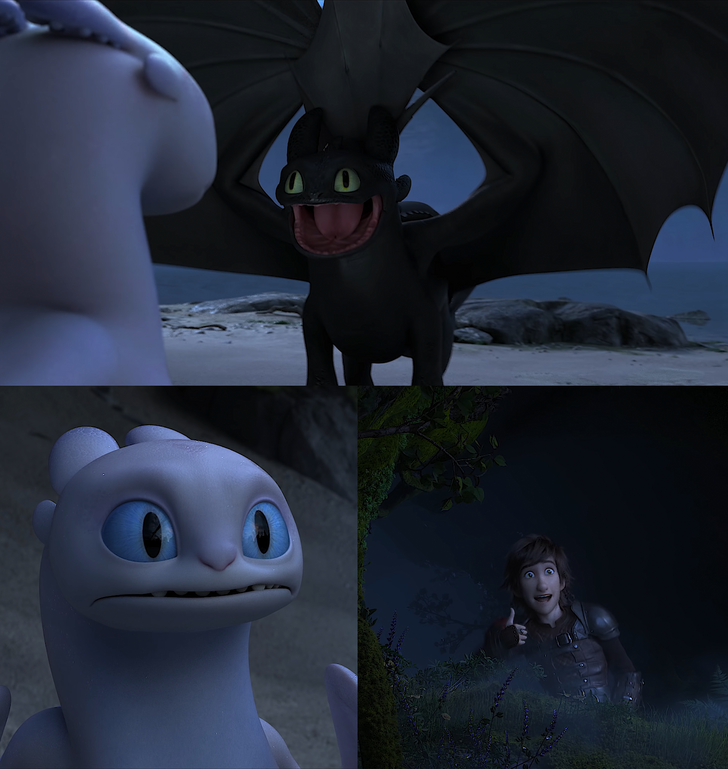 It's time to explore some fun activities!
It's time to explore some fun activities!
- Feeling artsy? Grab your crayons, markers, or colored pencils and follow the online directions to Draw an Asian Dragon. What colors will you use? What will you name your dragon? Maybe even draw two dragons, so they can play together!
- Creating a life-size dragon for a parade might be a bit of a tall order, but you could make a smaller version at home. Ask an adult friend or family member to help you. How To Make a Chinese Dragon Costume has some helpful tips and suggestions. You'll likely need to make a trip to the store for a few supplies. Have fun making a dragon you can use to choreograph your own dragon dance at home!
- Up for a challenge? Design your very own dragon dance and perform it for friends and family members at home. Use your homemade costume or no costume at all! What dance moves will you choose? What do they symbolize? Remember to tell a story with your dance routine. If you can, have a friend or family member video your performance, so you can share it with others.
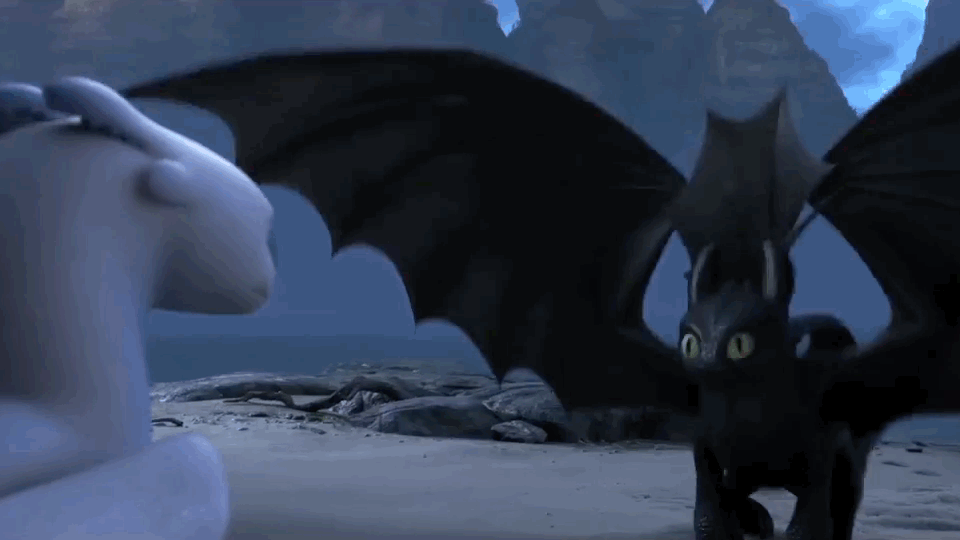
Did you get it?
Test your knowledgeWonder Words
- dance
- pole
- scaly
- strength
- parade
- tail
- dragon
- flexible
- lightweight
- whirlpool
- agility
- harvest
- guardian
- traditional
- mythology
- aluminum
- prosperity
- dynasty
Take the Wonder Word Challenge
Rate this wonder
Share this wonder
You Got It!
Continue
Not Quite!
Try Again
Dragon Dance - Chinese Dragon
CESC Dragon Dance 20121206Task 1:
Read the following paragraphs about Dragon Dance and answer questions in your workbook.
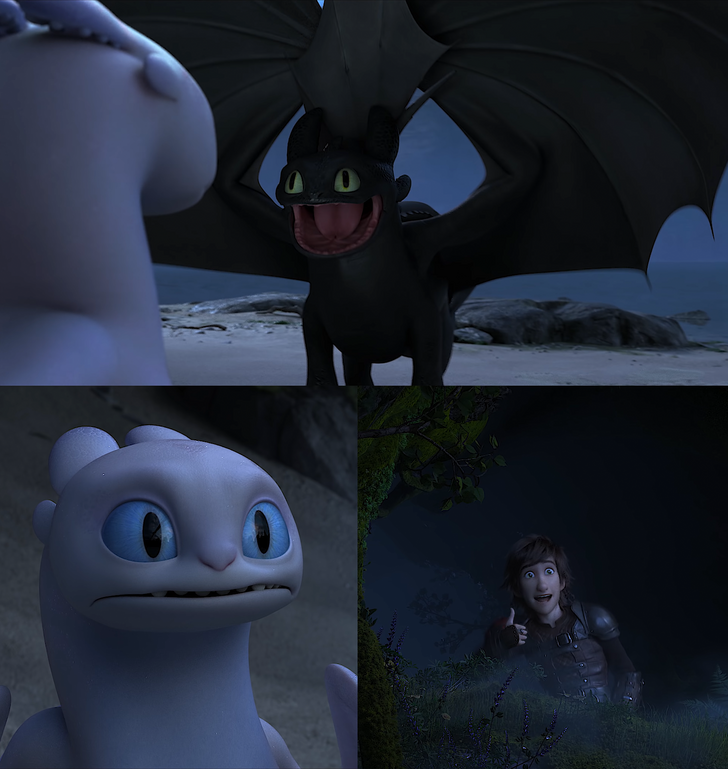
Q1: Have you seen Dragon Dance before? What do you think of it?
Q2: When and where can you see Dragon Dance?
Q3: What do people believe about Dragon?
Dragon dance is a form of traditional dance and performance in Chinese culture. Like the lion dance it is most often seen in festive celebrations. Many Chinese people often use the term "Descendants of the Dragon" as a sign of ethnic identity, as part of a trend started in the 1970s. Another derivation is from i.e. the descendants of Shennong, the legendary first king of the Chinese people who taught them agriculture, law and medicine, the foundations of civilization.
The dance team mimics the supposed movements of this river spirit in a sinuous, undulating manner. The movements in a performance traditionally symbolise historical roles of dragons demonstrating power and dignity. The dragon dance is a highlight of Chinese New Year celebrations held worldwide in Chinatowns around the world.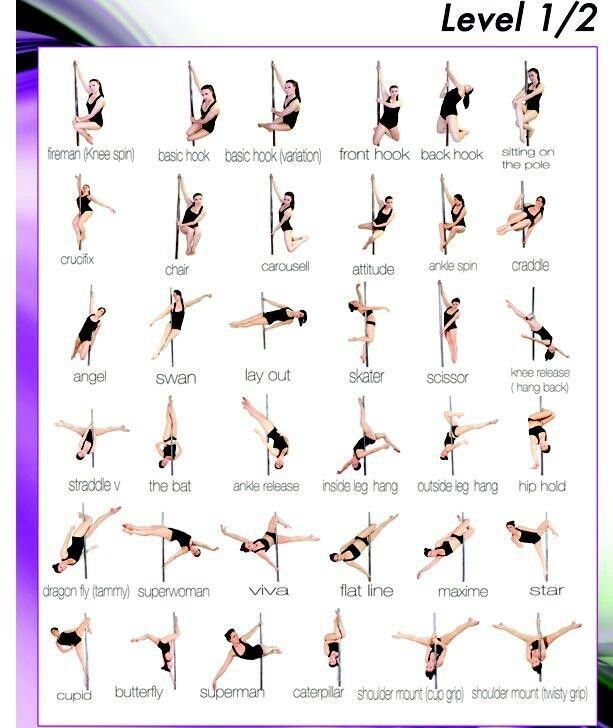
Dragons are believed to bring good luck to people, which is reflected in their qualities that include great power, dignity, fertility, wisdom and auspiciousness. The appearance of a dragon is both frightening and bold but it has a benevolent disposition, and so eventually became an emblem to represent imperial authority.
Q4:How did the Dragon Dance originate?
History The Dragon Dance itself originated during the Han Dynasty and was started by the Chinese who had shown great belief and respect towards the dragon. It is believed to have begun as part of the farming and harvest culture, also with origins as a method of healing and preventing sickness. It was already a popular event during the Song Dynasty where it had become a folk activity and like the lion dance, was most often seen in festive celebrations.
As the dragon gives people a feeling of great respect, it is often called the Sacred Dragon. The emperors of ancient China considered themselves as the dragon. The Dragon is also the emblem of Imperial Authority. It symbolizes supernatural power, goodness, fertility, vigilance and dignity.
The emperors of ancient China considered themselves as the dragon. The Dragon is also the emblem of Imperial Authority. It symbolizes supernatural power, goodness, fertility, vigilance and dignity.
Q5: Traditionally, what were the dragons made of?
Performance The dragon dance is performed by a skilled team whose job is to bring the motionless body to life. The dragon itself is a long serpent shaped body on poles, assembled by joining the series of hoops on each section and attaching the ornamental head and tail pieces at the ends. Traditionally, dragons were constructed of wood, with bamboo hoops on the inside and covered with a rich fabric, however in the modern era lighter materials such as aluminium and plastics have replaced the wood and heavy material.
Q6:What's the normal size of the dragon?
Dragons can range in length from around 25 to 35 meters for the more acrobatic models, and up to 50 to 70 meters for the largest, parade and ceremonial styles, since part of the myth of the dragon is that the longer the creature, the more luck it will bring. The size and length of a dragon depend on the human power available, financial power, materials, skills and size of the field. Its length typically ranges from 9 sections to 15 sections long, though some dragons are as long as 46 sections.
The size and length of a dragon depend on the human power available, financial power, materials, skills and size of the field. Its length typically ranges from 9 sections to 15 sections long, though some dragons are as long as 46 sections.
Q7:What each colours symbolize?
History tells us that the dragon dance is performed in various ways, types and colors. Green is sometimes selected as a main color of the dragon, which symbolizes a great harvest. Other colors include: yellow symbolizing the solemn empire, golden or silver colors symbolizing prosperity, red color representing excitement while its scales and tail are mostly beautiful silver colors and glittering at all times which provides a feeling of joyous atmosphere. As the Dragon dance is not performed every day, the cloth of the dragon is to be removed and to have a new touch of ultra-paint before the next performance.
Q8:What's important to a successful dance?
The correct combination and proper timing of the different parts of the dragon are very important to make a successful dance. Any mistakes made by even some of the performers would spoil the whole performance. To be very successful in the dance, the head of the Dragon must be able to co-operate with the body in combination with the timing of the drum. For larger ceremonial and parade style dragons, the head can weigh as much as 12 katis(14.4 kg, almost 32 lb). The dragon tail also has an important role to play as it will have to keep in time with head movements. The fifth section is considered to be the middle portion and the performers must be very alert as the body movements change from time to time.
Any mistakes made by even some of the performers would spoil the whole performance. To be very successful in the dance, the head of the Dragon must be able to co-operate with the body in combination with the timing of the drum. For larger ceremonial and parade style dragons, the head can weigh as much as 12 katis(14.4 kg, almost 32 lb). The dragon tail also has an important role to play as it will have to keep in time with head movements. The fifth section is considered to be the middle portion and the performers must be very alert as the body movements change from time to time.
Q9: What are the common movements of Dragon Dance?
The movements in the Dragon Dance vary greatly. Movement skills are very important for dancing as a dragon with nine sections or less. The following movements are very common: a roaming dragon, a dragon moving through arches, simultaneous movement of the head and tail, a dragon wagging its tail, and snake sloughing.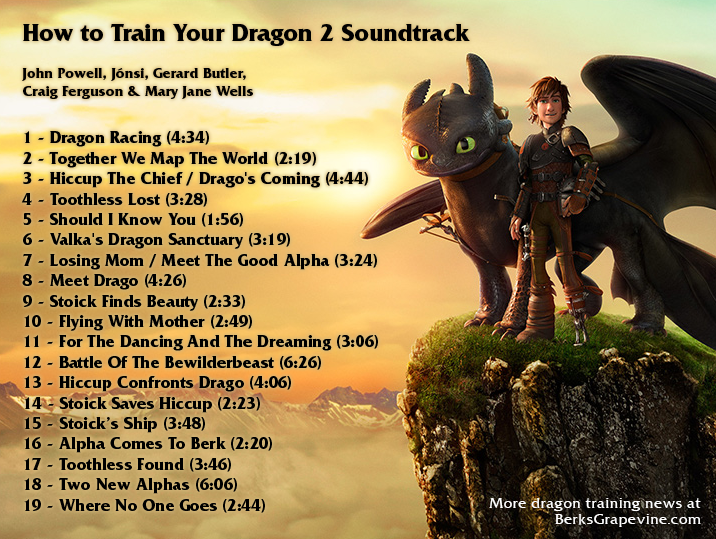
The dragon sometimes flies and jumps into the air; sometimes it dives into the sea. With the dragon pearls and drum tempos, the Dragon Dance is an artistic form combining martial arts, drum music and dragon arts.
Q10: List 6 patterns of Dragon Dance.
Q11: Why does the Dragon chase the pearl?
The patterns of the dragon dance are choreographed according to the skills and experiences acquired by the performers. Some of the patterns of the dragon dance are "Cloud Cave", "Whirlpool", T'ai chi pattern, "threading the money", "looking for pearl", and "dragon encircling the pillar". The movement "dragon chasing the pearl" shows that the dragon is continually in the pursuit of wisdom.
Task 2:
Watch the video below to get an idea of Dragon Dance movements.You need to work with your table group and think of FOUR practical Dragon Dance movements.
Task 3:
Practise your movements with the following music.
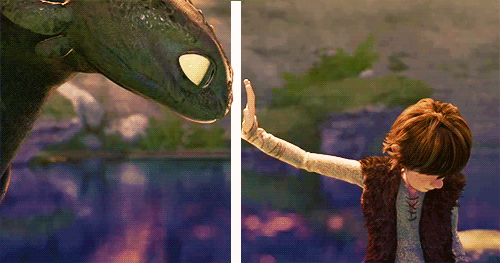
Task 4Look at the pictures below. What colors do the two dragons in College have? What do these colors mean? Dragons in Cranbourne East Secondary College | Task 5Look for the Dragons or Dragon Dance Events in Melbourne. You will need to search on the Internet and find out where you can see Dragons art work or Dragon Dance events in Melbourne. List what you find in your workbook. |
National Dances of China--China.org.cn
| Han Chinese make up approximately 93.3% of the total population of China. Since ancient times, Han Chinese dances have been distinguished by their richness and variety of forms and styles. SPRING FESTIVAL DANCES The Chinese Spring Festival - New Year's Day according to the agricultural calendar is the most important traditional holiday of the Han people.  On a festive night, the "straw dragon" wriggles in a dance, spewing flames and smoke. There are also "dragons of the earth" that spew water from their mouths in all directions. And in some provinces south of the Yellow River, images of small dragons are tied to a bench, three men, holding on to the legs of the bench, run and dance to the thunder of timpani and drums. There are also “dragons from separate links”, “dragons from five links” and others. There are also "paper dragons" that are controlled by one person. nine0005 On a festive night, the "straw dragon" wriggles in a dance, spewing flames and smoke. There are also "dragons of the earth" that spew water from their mouths in all directions. And in some provinces south of the Yellow River, images of small dragons are tied to a bench, three men, holding on to the legs of the bench, run and dance to the thunder of timpani and drums. There are also “dragons from separate links”, “dragons from five links” and others. There are also "paper dragons" that are controlled by one person. nine0005 The dance of the lion is usually performed by two, the front dancer holding the head of the beast in his hands, the legs represent the front paws of the lion, the other dancer represents the body and hind legs of the lion. The lion dance is performed in a different manner. In one case, the “lion” stands on the ball, jumps, runs, “stands on its hind legs”, in a word, does acrobatic tricks designed to show the power and flexibility of the beast. In another, the "lion" scratches, licks its fur, rolls on the ground, shakes its mane, showing an affectionate and playful character. The dance of the lion requires strength and endurance from the dancers, and in addition, the skills of traditional Wushu gymnastics, in order to show the strength and grace of the beast in its entirety, he must be able to do somersaults, jumps, somersaults. (China.org.cn Internet Information Center) 12/13/2005 |
Chinese New Year Dragon Dance
Chinese New Year: Dragon Dance
The Chinese New Year Dragon Dance is an ancient symbol of this festival. After New Year's Eve, two-week festivities begin in the Celestial Empire, an integral attribute of which is this spectacular dance.
History of the Dragon Dance
The Chinese people have always had great respect for the dragon, which has been one of the main characters in their legends for thousands of years. Traditional Chinese legend says that people are the descendants of this powerful and mystical animal, and the dragon brings good luck to the Chinese people in terms of fertility, wealth and prosperity.
Traditional Chinese legend says that people are the descendants of this powerful and mystical animal, and the dragon brings good luck to the Chinese people in terms of fertility, wealth and prosperity.
Chinese New Year: Dragon dance
The dragon dance is considered to be a way of expressing gratitude to the dragon. It originated long before it became the ritual dance with which the Chinese now celebrate the New Year. Dragons are believed by the Chinese to control rainfall. Because many people in China live off agriculture, the dragon dance was first developed to propitiate the dragon and bring rain. In remote villages where people live according to old customs, this dance is still often practiced during dry seasons. But of course, now the dragon dance is mainly entertainment for people during the festival. nine0006
How the dragon dance is performed
The dragon dance is usually performed on the fifteenth day of the Chinese New Year celebration. It is part of the Lantern Festival, and invariably attracts crowds of spectators. The dragon itself is made from a variety of materials, including plastic, metal, fabrics, papier-mâché, plaster, stones and other materials that the builders have chosen to decorate this year's fairy-tale animal. Given that the dragon is supposed to bring good luck to the city for the whole year, many communities in Chinatowns around the world try to make this dance mandatory during the New Year celebrations. nine0006
Chinese New Year Dragon Dance
The Chinese New Year Dragon Dance is performed by a large group of dancers who are specially trained to dance by holding a dragon on special poles. The dancers are almost always accompanied by musicians playing traditional Chinese drums and gongs, which helps the dancers to maintain the necessary rhythm of the dance.
Chinese New Year: Dragon dance
Dragon colors and dance traditions
The head and body of the dragon are traditionally painted in gold, green and bright red.
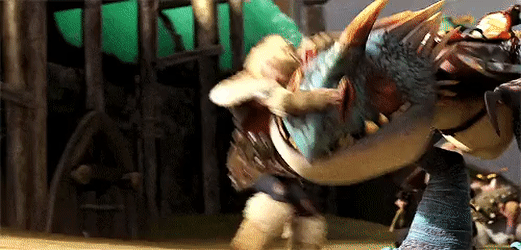 Many types of dances are dedicated to this holiday, the most common and also the most beloved are the DRAGON DANCE, LION DANCE and YANGE. nine0006
Many types of dances are dedicated to this holiday, the most common and also the most beloved are the DRAGON DANCE, LION DANCE and YANGE. nine0006  The body of the "lion" is covered with a shaggy golden fabric. Both dancers must work very well in order to successfully imitate the movements of the beast. Sometimes the lion dance includes a playful and cute lion cub performed by one dancer. The lion dance involves a warrior who holds a colorful ball and teases with it the “lion”, who jumps, bends and “plays with the ball”, as it were. The whole dance takes place under the thunder of drums, gongs and other percussion instruments creating a cheerful festive mood. nine0006
The body of the "lion" is covered with a shaggy golden fabric. Both dancers must work very well in order to successfully imitate the movements of the beast. Sometimes the lion dance includes a playful and cute lion cub performed by one dancer. The lion dance involves a warrior who holds a colorful ball and teases with it the “lion”, who jumps, bends and “plays with the ball”, as it were. The whole dance takes place under the thunder of drums, gongs and other percussion instruments creating a cheerful festive mood. nine0006 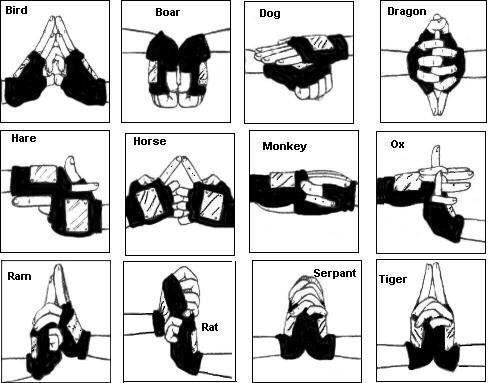 nine0006
nine0006 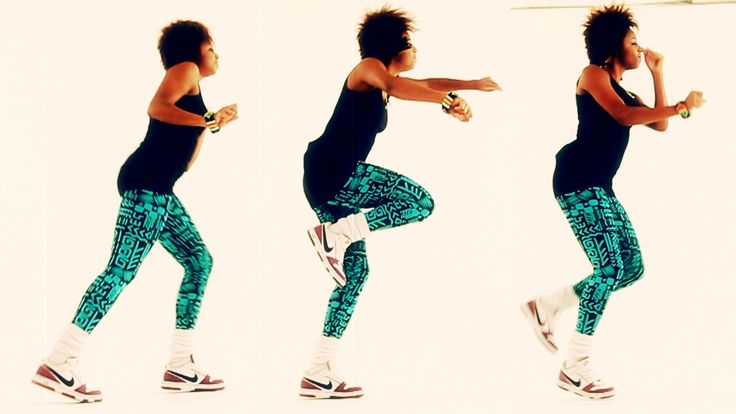 Stilts are a meter or more in length, walking on them requires some skill. Following them, the artists, dressed up as a heron and a mollusk, play a scene based on an old Chinese fable about how a heron and a mollusk grappled with each other, and the fisherman caught both without any difficulty. Next come the artists, depicting scenes from the most beloved opera performances. Sometimes circus performers, jugglers, artists depicting famous historical figures also participate in the Yangge procession. nine0006
Stilts are a meter or more in length, walking on them requires some skill. Following them, the artists, dressed up as a heron and a mollusk, play a scene based on an old Chinese fable about how a heron and a mollusk grappled with each other, and the fisherman caught both without any difficulty. Next come the artists, depicting scenes from the most beloved opera performances. Sometimes circus performers, jugglers, artists depicting famous historical figures also participate in the Yangge procession. nine0006 




